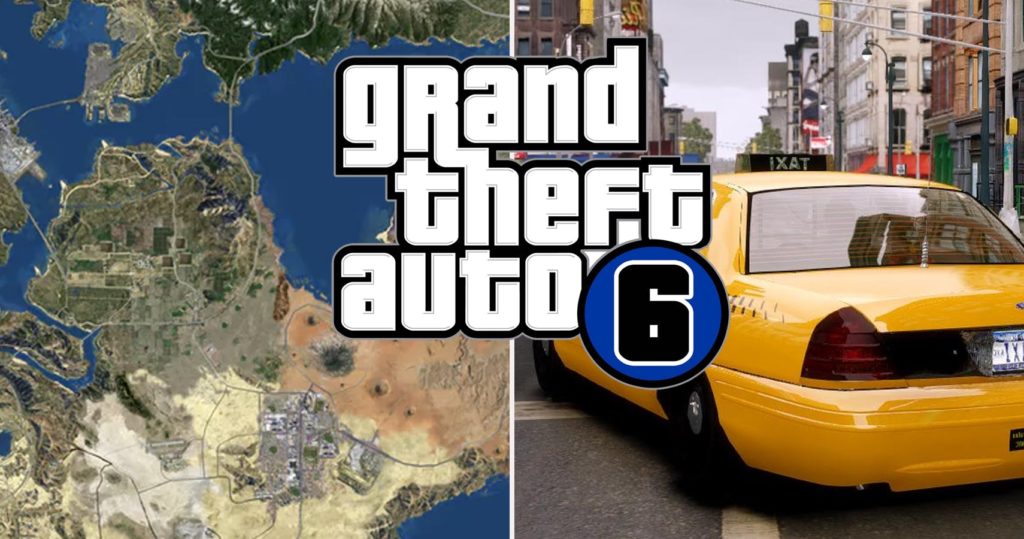How to Convert Audio and Video Files with VLC
Even though it might be the first time you get in contact with VLC, it should not seem too hard.
After opening VLC go to Media than to Convert / Save… Or it would be easier to press Ctrl + R on your keyboard.
The next window will appear, and that is where you should get the files you want to convert added. Do not forget that you can add more of them at once no matter the file type. The fact is that the output file should be the same. For example, you can combine both M4A and MP4 files in the same workload, and those will get encoded as the format you chose, supposedly MP3.
After you make your selection tap on Convert / Save to choose the output file type and other settings.
The same “Open Media” window is launched when you go to Media > Open Multiple Files… but instead of Convert the drop-down menu option on the bottom of the screen is set to Play. You will be able to choose Convert after selecting your files.
Here’s a brief explainer on the Convert screen options:
- Profile: Depending on the encoding you would like your new file to be, choose the profile.
- Display the output: The output in the player is shown by Plays/shows as the conversion happens.
- Deinterlace: You can convert interlaced video formats such as 1080i, 720i.
- Dump Raw Input: Only the file format changes and the file sizes are kept the same.
- Editor Create Profile: The parameters for conversion can be set by you.
The progress bar of the software will look like it is playing a file as usual after the conversion starts. The interface of VLC is not that complete when it comes to conversion application, but it is good enough.


